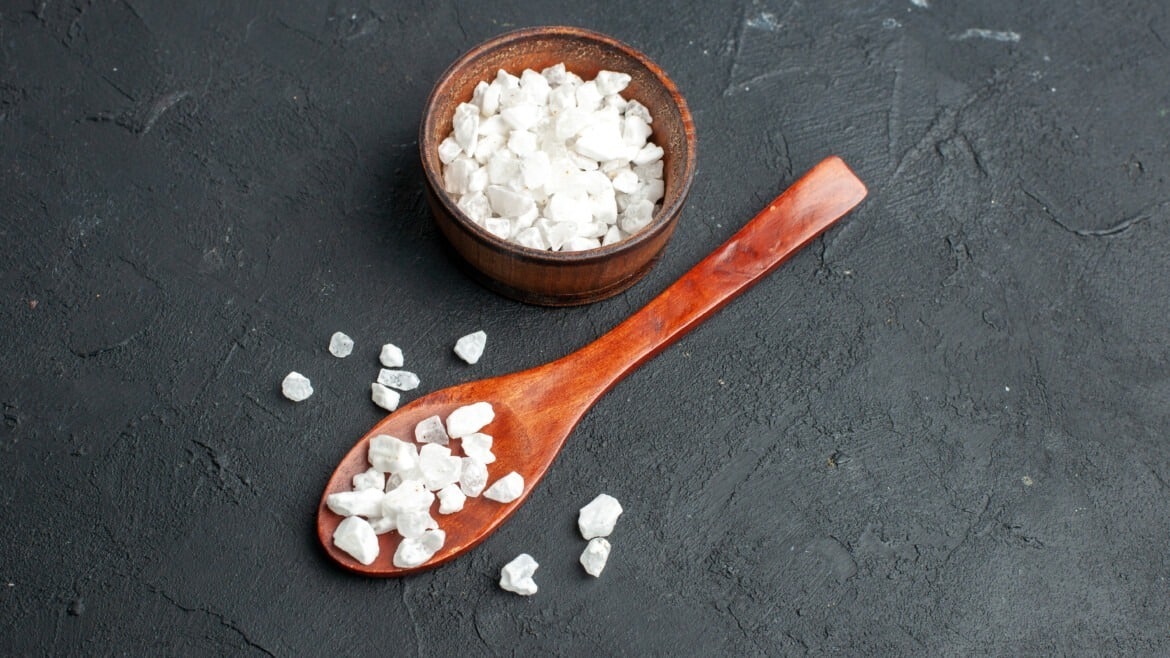Hidden in the sun-drenched hills of Chios, a small Greek island in the Aegean Sea, lies one of Greece’s most extraordinary natural treasures: mastic (or “masticha” in Greek). Known as the “tears of Chios,” this aromatic resin has been harvested for centuries from the mastic trees (Pistacia lentiscus var. Chia) and is renowned for its distinctive flavor, medicinal properties, and cultural heritage.
Whether you’re a foodie, a curious traveler, or someone passionate about natural wellness, here’s why mastic should be on your radar—and how you can taste it with us at Athens FoodSteps.
What is Mastic?
Mastic is a resin that oozes from the bark of the mastic tree and hardens into crystal-like drops under the sun. It’s only found in the southern part of Chios island, making it a truly rare product with a Protected Designation of Origin (PDO) status in the EU.
The harvesting process is entirely traditional and takes months—villagers carve the tree bark by hand in the summer, and the resin drops are collected and cleaned with meticulous care.
A Taste of History: Mastic’s Ancient Roots
The use of mastic dates back to ancient Greece, where it was valued for its digestive and antiseptic properties. Hippocrates is said to have prescribed mastic for colds and stomach ailments, while Byzantine emperors used it as a breath freshener and luxury spice.
In the Ottoman era, mastic was so highly prized that the entire island of Chios was protected for its supply—and punished severely for any theft. Today, the cultural legacy of mastic lives on in every crystal harvested.
Culinary Uses of Mastic
Mastic’s flavor is piney, earthy, slightly sweet, and unlike anything else. In Greek cuisine, it is used in both sweet and savory dishes.
Here’s where you’ll find mastic on your plate:
- 🥧 Mastiha-flavored desserts: Found in custards, ice creams, and the classic Greek sweet submarine dessert (ypovrichio).
- 🍞 Tsoureki (Greek sweet bread): A must-have during Easter, flavored with mastic and mahleb.
- 🍹 Mastiha liqueur: Served cold as a digestive shot or in cocktails—refreshing and elegant.
- 🧴 Mastic oil and powder: Used in cooking or baking for a subtle aromatic touch.
At Athens FoodSteps, we introduce guests to authentic mastic-infused treats on our food tours, including liqueur tastings and traditional desserts made by local artisans.

